Top five tourist destinations in Pakistan
From the high-altitude beauty of Deosai National Park to the spiritual depth of Katas Raj Temples, these destinations provide a window into the country’s diverse and captivating heritage.

Lahore: Nestled at the crossroads of South Asia, Pakistan offers a vibrant tapestry of history and culture that beckons travelers from around the globe. With its rich blend of influences from the Mughal era and British colonial legacy, the country promises an adventure through its diverse heritage.
Whether you are drawn to the bustling markets of Punjab, the serene landscapes of Kashmir, or the historical allure of Sindh, Pakistan's unique charm is sure to captivate.
Here’s a guide to five extraordinary sites that should be on every traveler’s itinerary.
Deosai National Park
Situated in Gilgit-Baltistan, between Skardu, Astore, and Kharmang, Deosai National Park is a marvel at 13,497 feet above sea level. As the world’s second-highest plateau, it boasts vibrant wildflowers, diverse wildlife including the elusive Himalayan wolf and snow leopards, and serene lakes.
Established in 1993 to safeguard endangered species, this park is a paradise for nature enthusiasts and offers breathtaking views that are nothing short of spectacular.
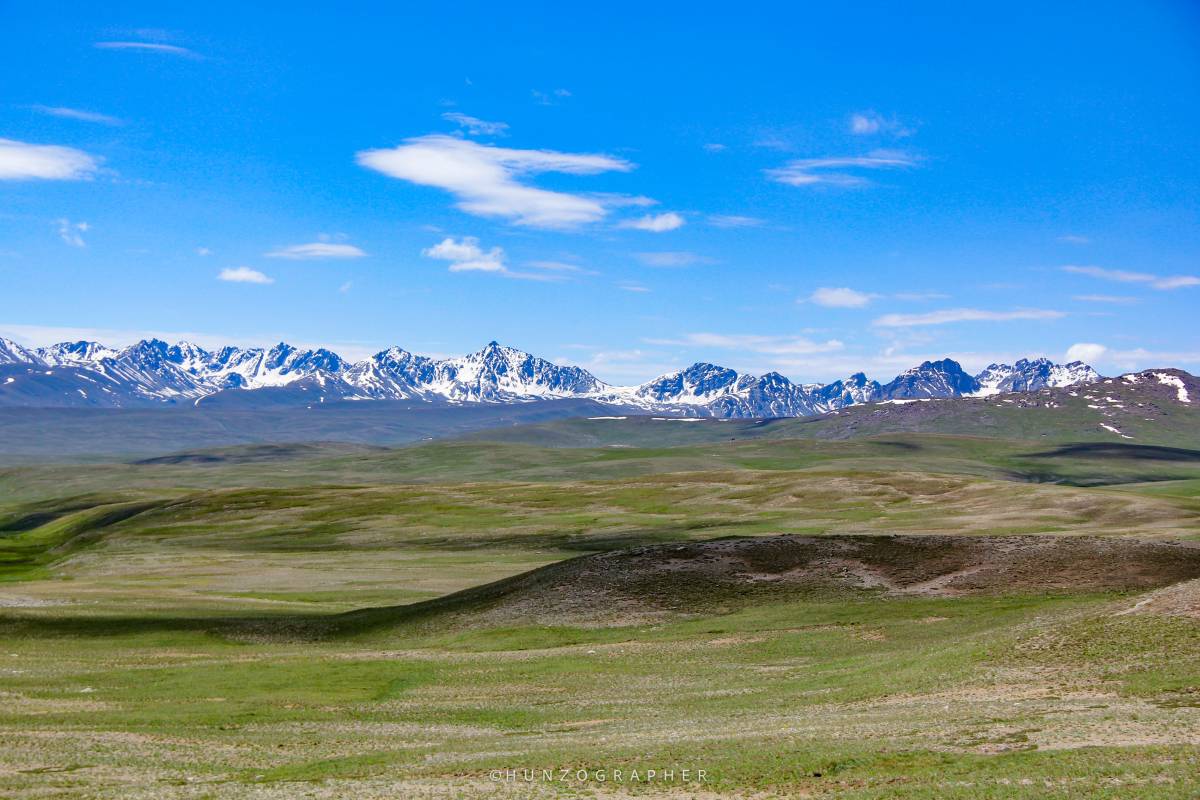
Image credit: @hunzographer
Ranikot Fort
Known as the Great Wall of Sindh, Ranikot Fort is an architectural wonder located within Kirthar National Park in Sindh. This 17th-century fort, with its impressive 20-mile circumference and intricate zig-zag ramparts, evokes comparisons to the Great Wall of China.
Although its origins remain shrouded in mystery, the fort’s grandeur and panoramic vistas make it a historical landmark that is well worth a visit.
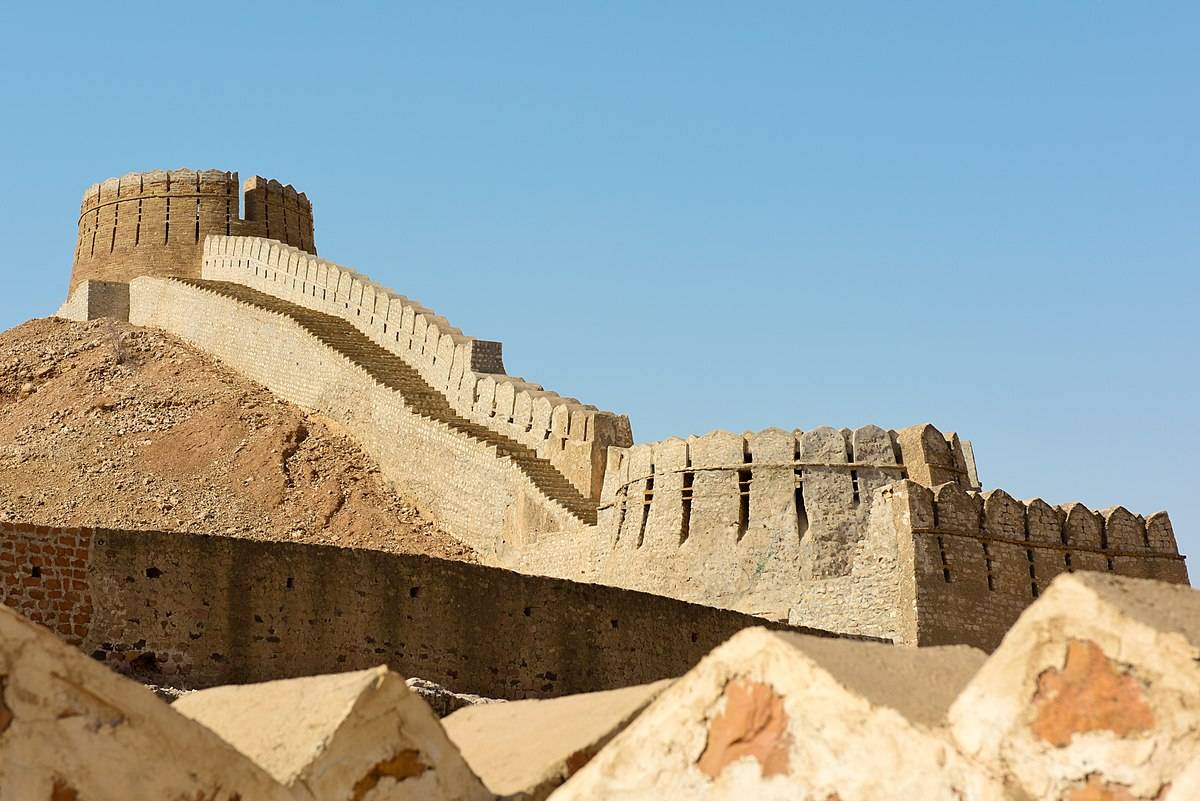
Image credit: Wikipedia
Baltit Fort and Khaplu Palace
In the scenic Hunza and Nager Valleys, Baltit Fort stands as a 700-year-old symbol of regional history. Once the residence of the ruling Mirs, this fort has been transformed into a museum that highlights local heritage.
Similarly, the Khaplu Palace, or Yabgo Khar, in Gilgit-Baltistan, is a stunning architectural blend of Kashmiri, Tibetan, and Central Asian styles. Originally built in the 19th century, it now serves as both a museum and a hotel, offering a glimpse into its storied past.
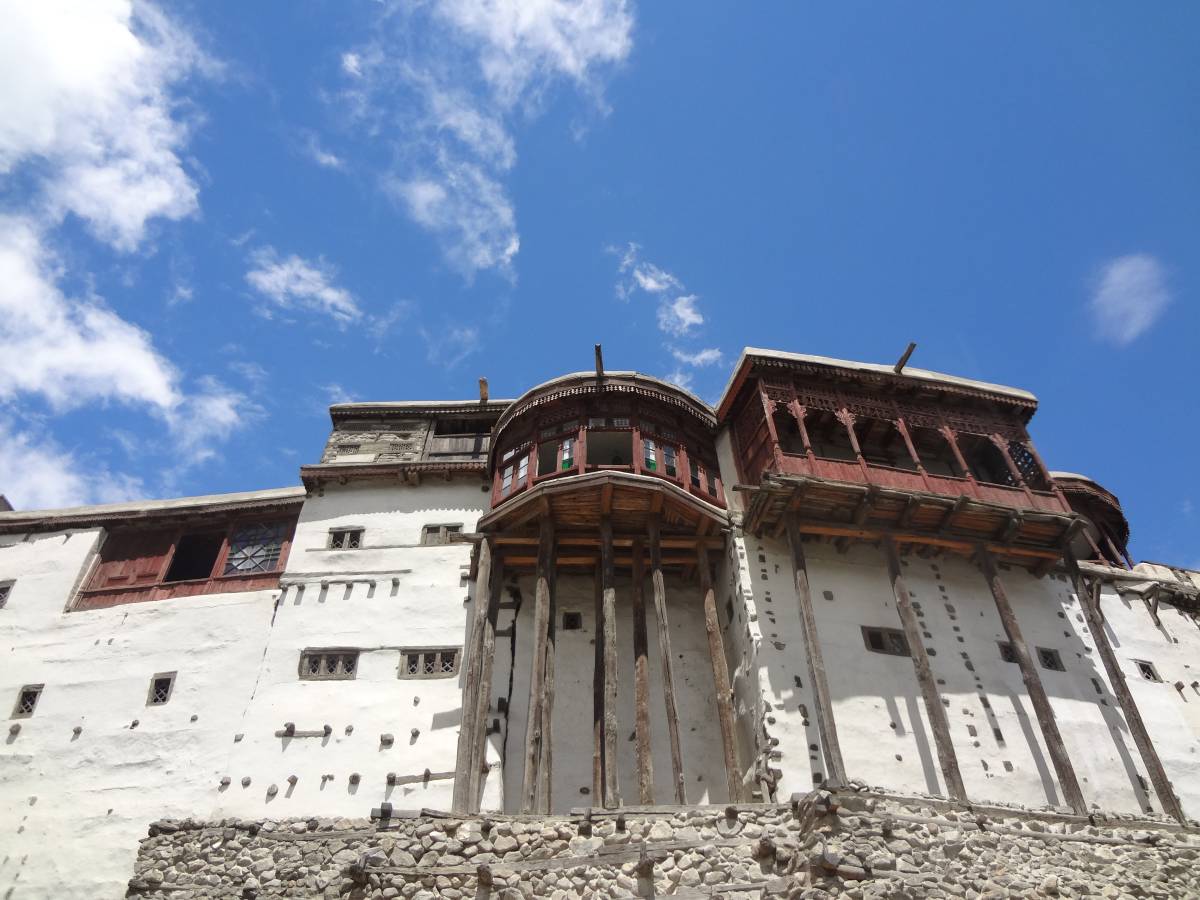
Image credit: Wikipedia
Pakistan Monument
Located in Islamabad, the Pakistan Monument is a striking representation of national unity with its petal-shaped design symbolizing the country’s provinces and territories. Completed in 2010, the monument also features a museum that chronicles Pakistan’s history from ancient times to the present.
Its design and historical significance make it a significant cultural landmark.
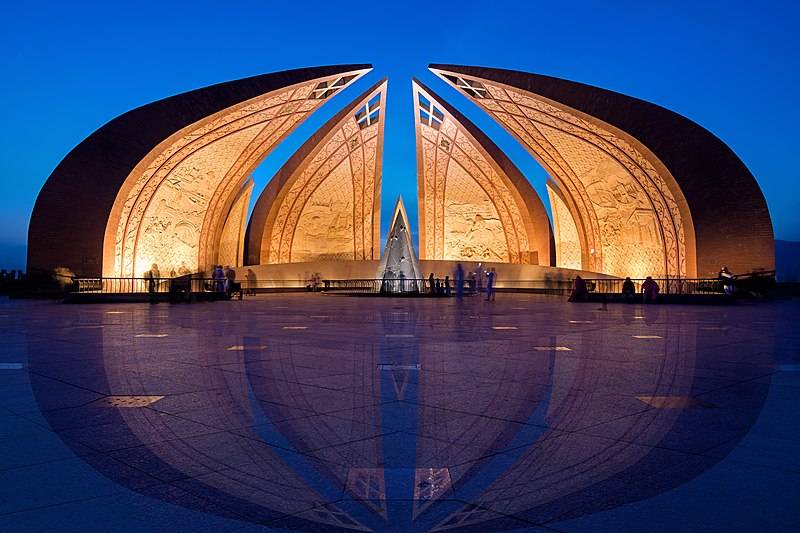
Image credit: Wikipedia
Katas Raj Temples
Near Chakwal in Punjab, the Katas Raj Temples are a revered Hindu pilgrimage site. Comprising seven temples surrounding a serene pond, which is believed to have been created by the tears of Lord Shiva, this site holds deep spiritual significance for Hindus and Sikhs alike. Guru Nanak, the founder of Sikhism, is said to have frequently visited the site, adding to its spiritual heritage.
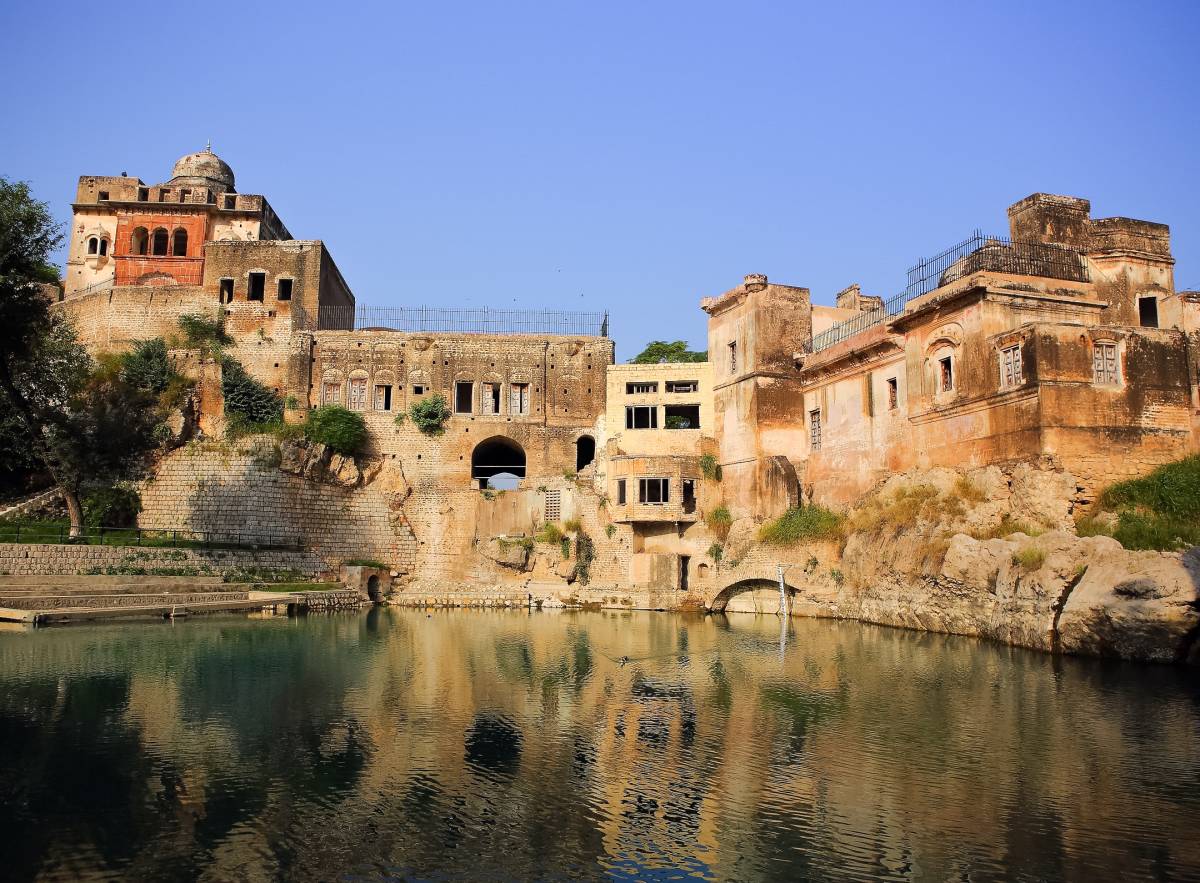
Pakistan’s rich tapestry of historical and cultural sites offers travelers a profound journey through time. From the high-altitude beauty of Deosai National Park to the spiritual depth of Katas Raj Temples, these destinations provide a window into the country’s diverse and captivating heritage.